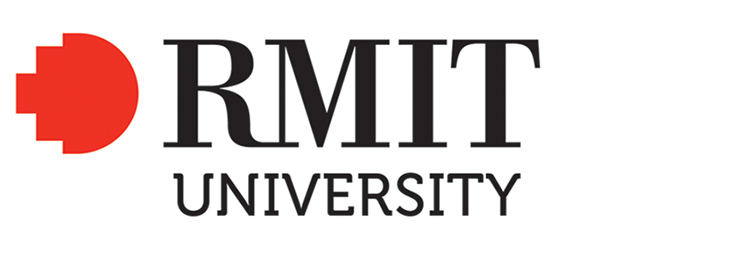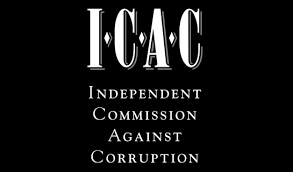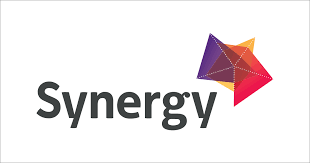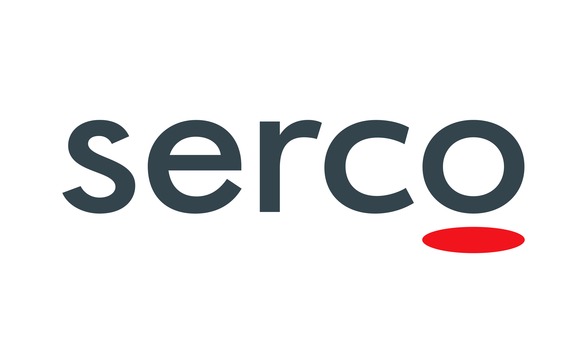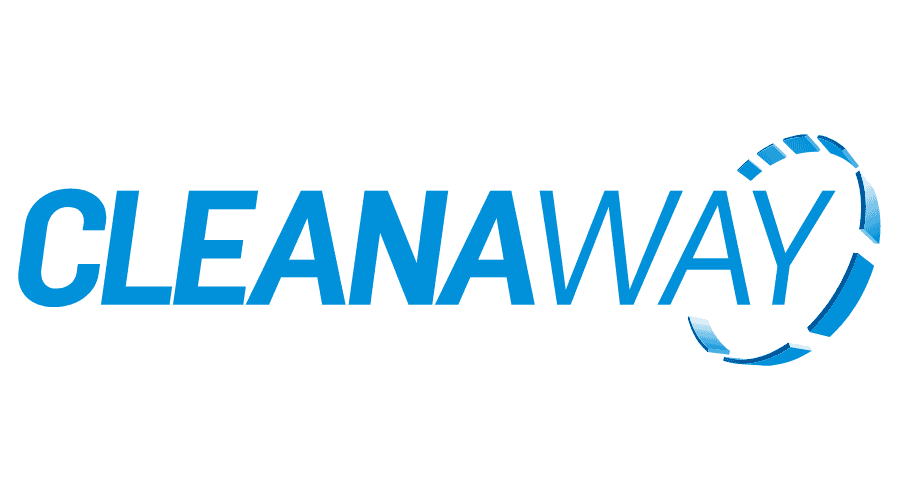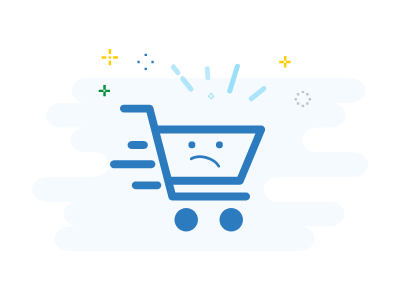Lean Six Sigma in the Public Sector
Why apply Lean Six Sigma in the Public Sector?
With the public’s demand for greater service at lower costs, no organisation has the luxury of being wasteful. The public sector is no exception. Governments are asked to provide on-demand access to public records, the ability to retrieve and complete forms online, and an infrastructure that enables electronic payments – all with the same (or fewer) resources than they had in the past. Officials must also pay a great deal of attention to how they operate because their budgets are a matter of public record and are frequently scrutinised by taxpayers and the press.
Used properly, Lean and Six Sigma can help public sector organisations maintain a high service standard, despite the cuts.
There are, in fact, two ways in which to increase value: one, by reducing waste and thus the cost of a product or service; the other, by increasing value-adding activities. Public sector organisations’ challenge is reducing their spending whilst retaining, or even improving, their service delivery. For example, a city council could save millions in costs without additional taxes and with increased citizen satisfaction and then channel the cost savings into new or additional services.
For any given year, the budget of a government agency is fixed. Revenue does not increase with value created like in the private services sector. The goal of improvement in a non-profit public organisation is to deliver a greater volume of services at a higher quality with the same budget and resources.
Lean Six Sigma brings powerful methods for quickly combating recessionary pressures. Its application in the service sector and office environment unlocks significant opportunities to reduce costs, remove waste and improve the overall customer experience. It provides a compelling option for consideration because it helps organisations across the public and private sectors achieve cost reductions without sacrificing service quality.
By putting Lean Six Sigma principles into practice, public sector organisations can offer high-performing services that typically achieve:
- A clear focus on the issues that matter most to customers and other stakeholders
- An understanding of customer demand and how this can vary
- Greater responsiveness and flexibility to meet customer needs
- More effective service delivery at a reduced cost
- Whole systems’ improvement through more capable end-to-end processes
- Sustainable changes in culture, improved communication and morale
- Higher levels of customer satisfaction
- Improved productivity and efficiency
What are the key principles of Lean Six Sigma?
Lean Six Sigma (LSS) emphasises customer satisfaction, a culture of continuous improvement, searching deeply for the root causes, and full employee participation (including management support).
In Lean Six Sigma, value creation in any part of the process is measured with reference to the customer. In the public sector, the external customer is usually the general public who uses the government services. Within the public sector, internal customers receive the services of other government departments or the outputs of the preceding process step within a department.
LSS is an enterprise improvement methodology that focuses on the customer and is driven by data-based decision-making. LSS aims to remove waste, decrease process variation and reduce defects in the processes along the value chain. Data acquisition and analysis are applied methodically to understand the root causes of problems and to redesign internal processes to serve customers faster, more reliably and more economically.
How is Lean Six Sigma applied in the Public Sector?
One of the reasons Lean Six Sigma has only been recently applied to services is that, unlike manufacturing, it is very hard to see a physical product in services and follow it through its key processing, from raw material to finished product. In the service world, the service product is hidden within many interconnected departments. Therefore, it can take weeks to complete a simple service. There may be invisible hand-offs, bottlenecks and non-ownership of the process as it crosses inter-department fiefdoms, all with their own measurements for performance. The waste is invisible, e.g. in computer systems or people interactions, and must be exposed first using LSS before the processes and organisation can be improved.
Many managers in public service lack the statistical knowledge and the ability to apply statistics to problem-solving. If you look at management development programmes, how many devote time within their programmes to practical and applied statistical methods? The challenge is to motivate the managers to understand and apply statistical methods. It is a fundamental framework for managers to use these techniques for problem-solving within organisations. LSS professionals take a statistical approach to problem-solving. Managers or their nominated staff can acquire this skill through LSS training.
There is a real gap. One of the problems is short-term thinking by senior managers. We need to change the mindset that thinks just about short-term results and lacks a clear vision or strategic direction. We need to move away from creating fire-fighting managers who only tackle problems that arise on a daily basis without determining the root cause, so the problems come back repeatedly. There is a big need for a change in culture. We also need brave leaders clearly setting direction and looking at how we can transform public service organisations. When LSS is appropriately implemented, the senior leaders take on a more strategic and holistic view of the organisation, and the employees search for root causes and long-term solutions to problems.
Improvement activity must be tailored to circumstances if benefits are to be sustained. Different approaches are often brought together to deliver the right result. ‘Lean Six Sigma’ recognises that the improvement strengths of Lean can be harnessed with the financial benefits and analytical discipline of Six Sigma to create benefits on a far greater scale. It is a systematic method to improve an organisation’s capability to meet customer demands and identifies ways to deliver improved customer service at a lower cost – in other words: “achieving much more with less”.
Skilled LSS practitioners allow for the special challenges in the public sector, namely:
- Unique human resource practices
- The election cycle and term limits
- The attitude of employees regarding stability and Job security
- Legislative controls
- Competing for special interests
There are some unique characteristics in government processes that are not found to the same extent as in manufacturing, and LSS has been able to accommodate them successfully. They are:
- Information being the primary deliverable
- Significant variability in task completion time
- Cross-functional process flows
- Numerous handoffs of information across functions
- Many management or technical reviews/approvals
- Difficulty in relating quantitative financial benefits and costs in service delivery to customer satisfaction
- Lack of explicit motivation for urgency among employees
Examples of LSS applications in the public sector include:
- Eliminating unnecessary reporting in the government agency.
- Improving city services
- Reducing the number of steps and time in processing applications and issuing permits by identifying process bottlenecks through data collection and then devising solutions accordingly, such as changes to software, queue organisation, and equipment layout.
- Reducing overall lead time in service delivery while maintaining strict quality requirements
- Reducing the time customers spend waiting for a response
- Reducing the number of handoffs and freeing person-hours of wasted work for redeployment in useful work.
- Reducing the time needed to generate collection letters and removing waste from the collection process
- Speeding up services and saving costs in the depot and maintenance areas of the defence force and other government agencies
- Reducing delays in service delivery without sacrificing high quality in the functions of procurement, finance, recruitment, complaint resolution, travel management, and processing security clearances in the defence force, where the project outcomes generally involve standard operating procedures with helpful mechanisms such as checklists, flowcharts, standard data entry forms and information handoff forms.
- Increasing efficiency in litigation and administration processes in government legal and immigration departments
- Decreasing processing time in tax collection by removing redundant and non-value adding tasks in the workflow, assigning more specific job responsibilities and standardising work activities.
- Reducing average repair time of potholes in roads from days to hours by changing complaint-receipt and repair-order distribution activities, redistributing the workforce for faster response, and removing various other wastes from the process.
How can CBIS help you?
Please contact us if you need more details on how our expert team can assist you. We are experts in applying Lean Six Sigma in the public sector.
Complete Lean Six Sigma Consulting and Coaching Services from Expert Coaches and consultants.
Attending our Public classroom physically or joining the team virtually from anywhere, according to the training calendar.
A flexible self-paced training for busy people along with our support by a dedicated coach, to solve the disadvantage of one-way online training
Delivering flexible and tailored training for your team and at your premises as a cost-effective solution for your team.



